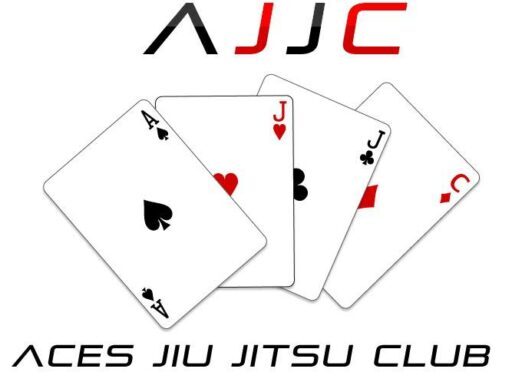Bad training can take many different forms. You can have good techniques that are taught poorly, bad techniques that are taught well, teachers leave things out, or they teach techniques that used to work but fail to keep up with the times. So here we’re starting a series of “Worst Advice” columns to tell you about all the bad advice I hear from all the major positions in Jiu Jitsu.
This month our theme at Aces Jiu Jitsu Club is the Side Mount, so that’s where it’s at today:
Inflexible Instruction: There Is One Particular Position Called Side Mount
There is exactly one thing called closed guard, and whether you’re on top or bottom there are a very specific set of things you can do from there. There are at most two things called back mount—if you consider hooks and body triangle as two separate things—but the two are basically the same, and there are a very specific set of things to do from there.
Side mount is NOT like that at all. It’s much more of a concept than an actual “put this here, put this there” position. You have your classic side mount, kesa-gatame, kata-gatame, 100 kilos (or as I affectionately call mine, “Don’t Look At Me”). There are so many different variations that your arms, legs, and hips, and that your opponent’s arms, shoulders, and head can end up in, that to say that there is any one thing called side mount does a HUGE disservice to this set of positions.
BJJ is not about “do this and this happens.” It’s about giving yourself options, using your opponent’s movement against them. If they’re like this, then you do this, if they do this then counter with this. Here’s a move, and here’s the counter, and here’s the counter to the counter, and the counter to that counter. Side mount is the epitome of that. To be effective at side mount, you need to be willing to flow, to be mentally-flexible enough to explore the vast array of submissions, transitions, and movement that can occur from above your opponent’s hips.
Stuff That Used to Work but Doesn’t Anymore: Old School Side Mount
This is the one most schools teach in which you’re framed up with all four points on the ground, knees and elbows in to form a cage and hold the guy down. This used to work back in the 90’s, but now that people know that game it’s just way too easy to escape from. On top of that, it doesn’t allow you the ability to move and apply intelligent transitions and submissions without releasing your opponent. If you’re in classic side mount, anytime you move your opponent knows what you’re doing. Just holding them down is not enough.
I prefer to teach the “Don’t look at me” style, where the focus is on the cross-face, my knees are off the ground, there’s a huge amount of pressure going from my shoulder into my opponent’s jaw, and I’m blocking my opponent’s near-side hip with my hand. This is a much more dynamic position.
Bad Advice: Go Chest to Chest.
Following on from the last one, I hear people say that a lot, and it’s horrible advice. If your chest is directly on top of your opponent’s chest, it makes it way to easy for him to control your movement. The plane of intersection that you want is about 45 degrees, pressing his near-side pec through to his spine. This makes it hard for him to move side to side or up and down, and it also makes you longer which makes you harder to flip and reverse.
The Error of Omission: Forgetting to Close the Door
When I say “close the door” I mean to block the hip that’s closest to your hip so you can stop your opponent from recovering guard. You can do this with your knee, you can do it with your hand; in the case of kesa-gatame you’re doing it with your hip.
This is something else that isn’t taught very often and it’s not focused on nearly enough. If you close the door then you’ll increase your side mount retention exponentially.
Ineffective Teaching: “Just Squeeze”
I saved my favorite one for last. A while back there was a guy who trained at another gym but kept coming to me for private lessons. I felt kind of like the girl on the side—he was doing more private sessions with me than he was with his main coach, though he didn’t want to switch clubs out of loyalty to his gym. Sound familiar?
Finally I said to him, “Look, let’s do the Pepsi challenge. You pick a topic, set up a private session with me and one with your main coach on the same topic, and we’ll see whose coaching you like better.”
He picked side mount. We sat down with a notebook and notepad, we talked about what made the position great, what his favorite submissions and transitions were from that position, we tightened a bunch of stuff up, we took some notes on details that were important for him specifically, we talked about the windows of opportunity on each detail, and we really tightened up his game.
Then he did the private session with his main coach, and when he came back to tell me about it, he told me that his coach pretty much spent an hour telling him to “Get here and just squeeze.” This isn’t the only story I’ve heard of BJJ instructors—even black belts with multiple stripes—giving this advice. “Just squeeze” is not effective advice, at least not in Jiu-Jitsu.

Professor Mikal Abdullah is a 2nd Degree BJJ Black Belt, veteran, father, philanthropist, and founder of Aces Jiu Jitsu Club. You can find her personal Instagram account with the handle @cerebralbjj or just stop by one of our locations and get a session in!


